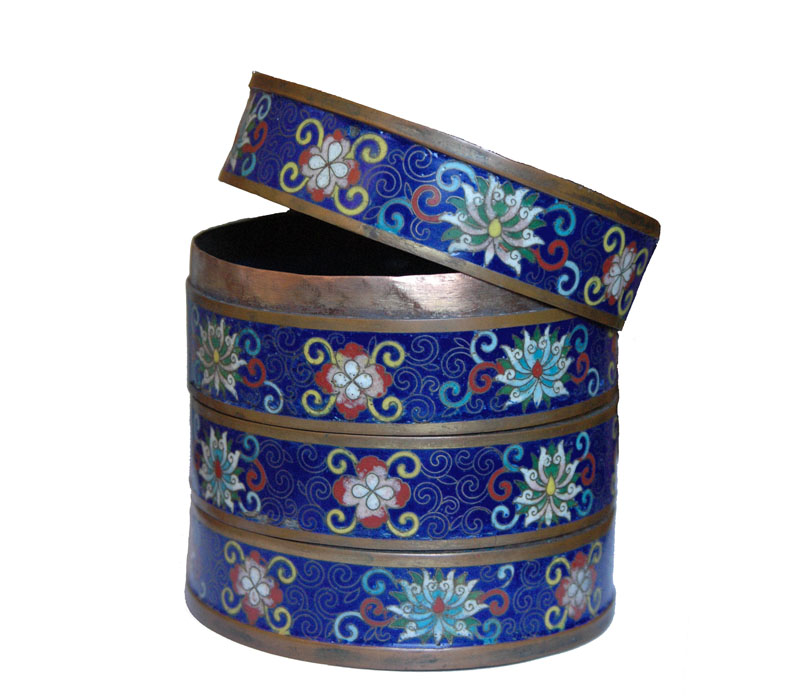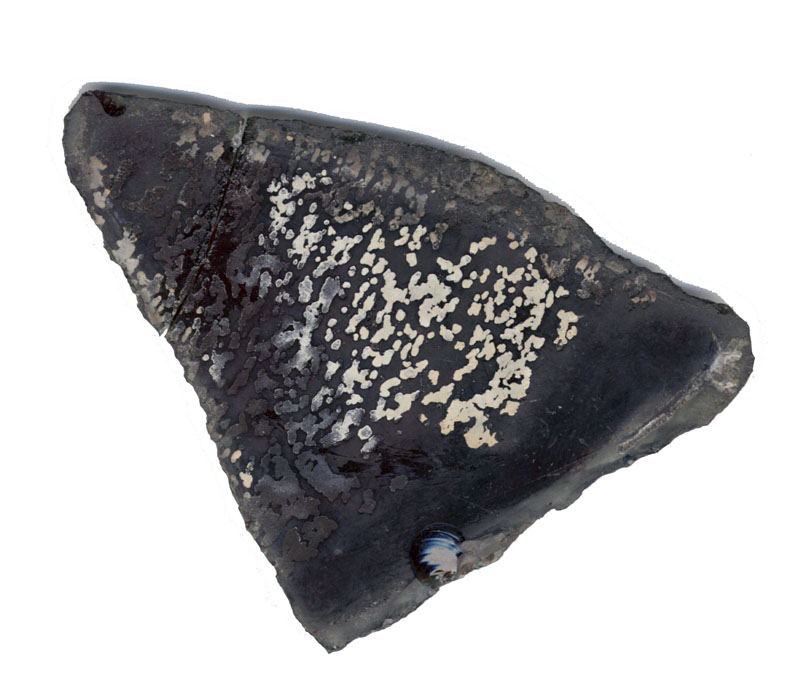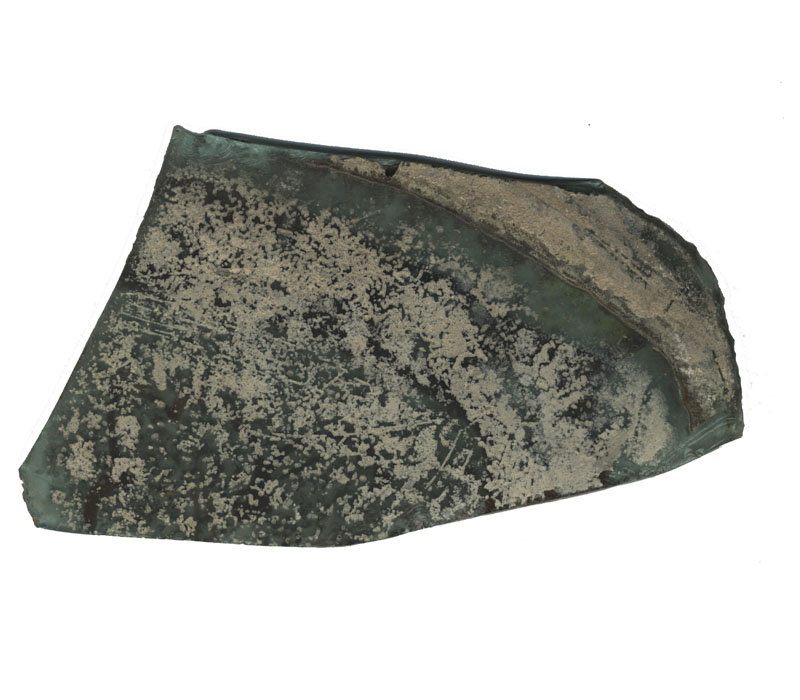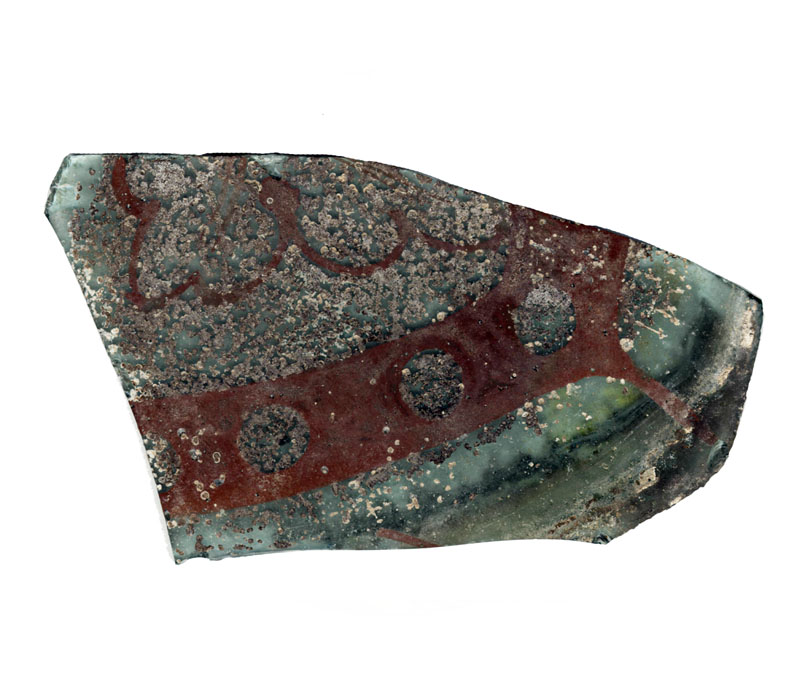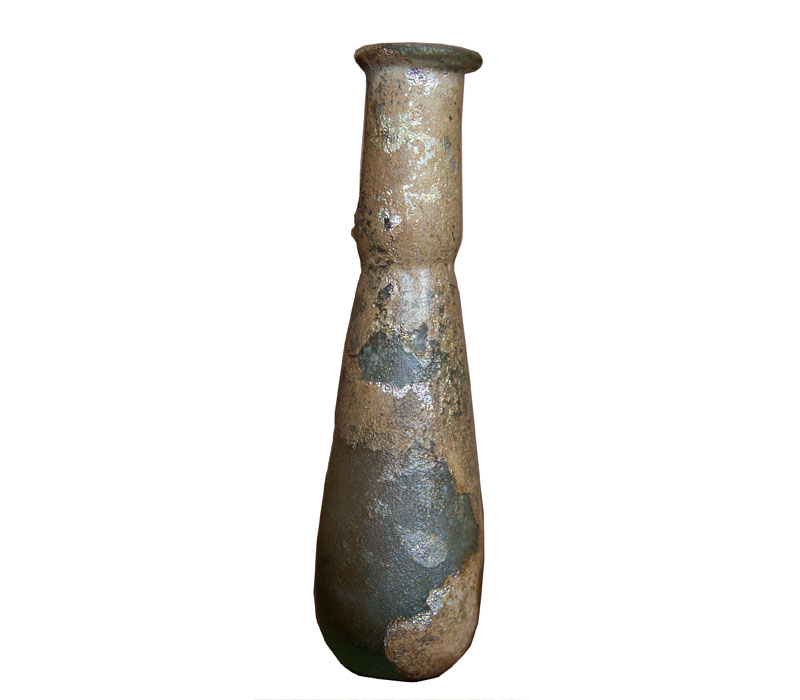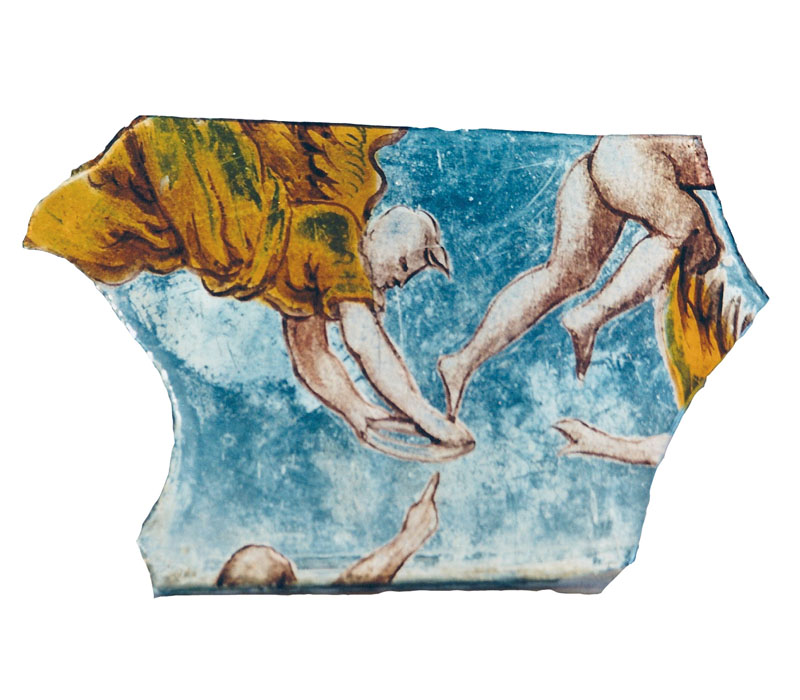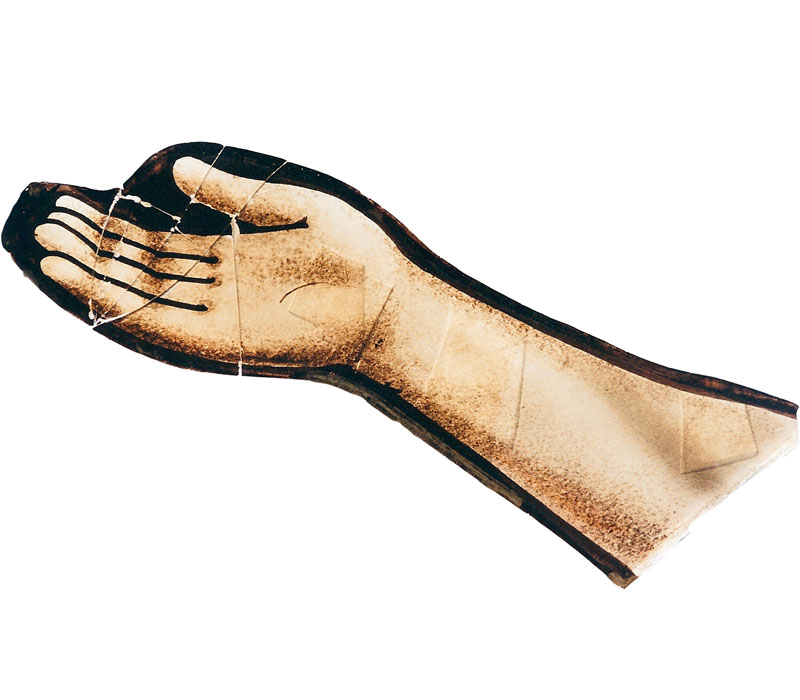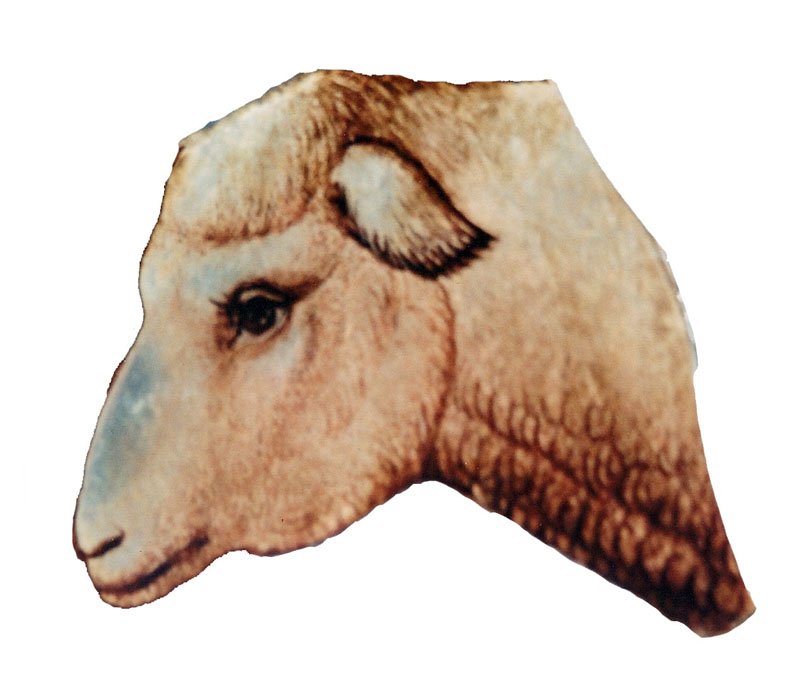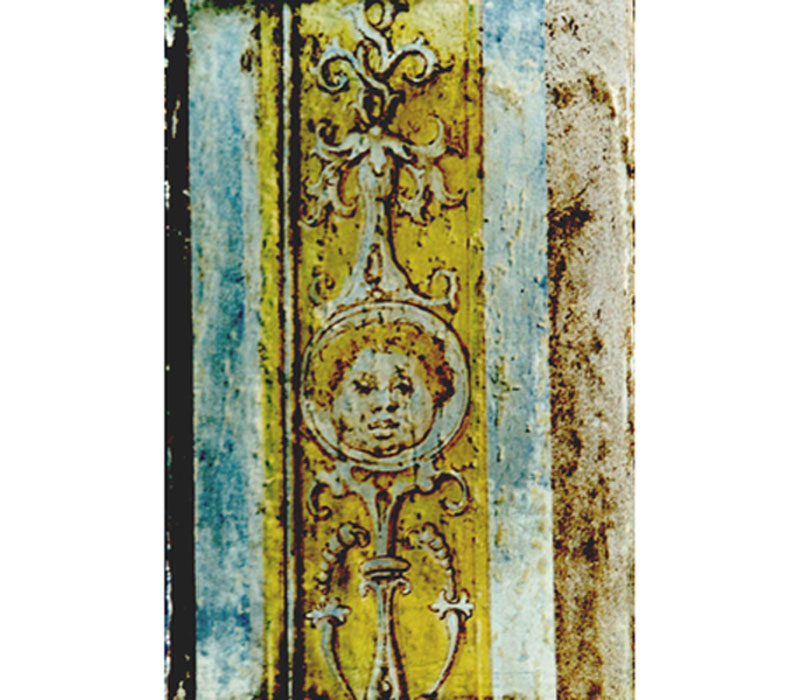This category is also known under the classical term of “fire arts”. It includes glasses (coloured or not), stained-glass, porcelain, ceramic, terracotta, but also some siliceous materials which have not necessarily undergone intentional thermal metamorphosis: flint, obsidian, mosaics, …
- The study of the matrix and fillers
The analyses that we conduct at CARAA on such material are primarily intended to provide information on the composition of the siliceous matrix itself, its conservation status , the flux, and fillers that may have been added to it.
- A composition, a signature
The identification of a particular pigment in the case of coloured objects or the characterization of distinctive mineral fillers allows to correlate with historical periods and therefore indirectly to date the period to which these pigments have been added.
- Understanding the alteration phenomena
The characterization of the alteration products of a siliceous material allows a proper restoration protocol that takes into account the harsh environments to which the object was submitted. The common alteration products on glasses or stained-glasses are carbonates, phosphates and potassium sulphates, sodium or magnesium (eg syngenite -K2Ca(SO4)2.H2O-).

